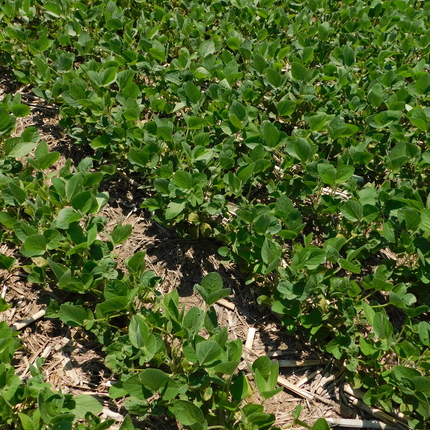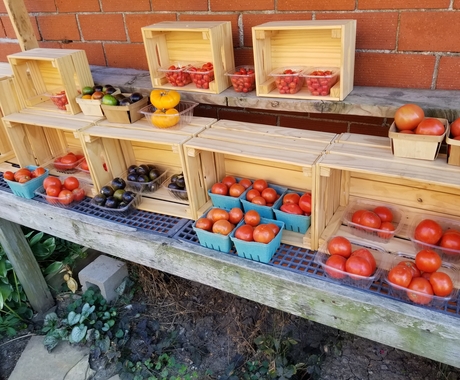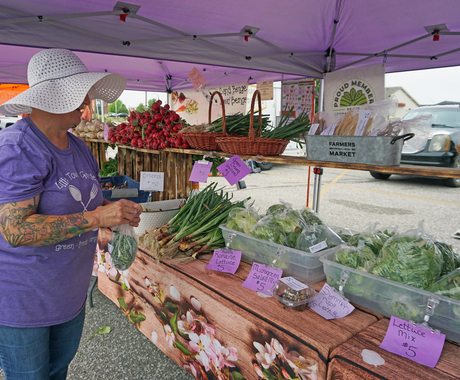By Traci Bruckner, former staff member
We believe a crop insurance program backed by the federal government is an important and necessary component of an effective farm safety net. However, we also believe the current program has problems that need to be fixed to ensure it is actually fostering family-farm agriculture and stewardship of land, water, and communities.
Federal crop insurance is the major farm safety net program. It is also the costliest program outside of the nutrition title of the federal farm bill. Unlike most other farm bill programs and other federal entitlement and mandatory programs outside of agriculture, there are no limits on crop insurance subsidies and only minimal conservation requirements. This makes the program ripe for reform. We predict action on federal crop insurance will be among the most contentious issues during the 2018 Farm Bill debate.
In our view, crop insurance should ensure a farmer who experiences a significant price or yield loss can survive and continue to farm the next year. However, subsidized crop insurance should not remove so much risk that it serves to discourage alternative production methods that can shore up profitability, reduce risk, and enhance natural resources. In other words, the absence or presence of crop insurance should not be the driving force behind production practices, nor should it create obstacles or barriers to more sustainable farming systems.
The federal crop insurance program should do the following:
- Provide a basic safety net without disproportionately benefiting the largest farms, encouraging the big to get bigger, or distorting farmland values.
- Encourage advanced conservation systems and practices to reduce risk and protect the environment.
- Include viable insurance options for the full range and diversity of agriculture including highly diversified farms, integrated grain-livestock operations, organic farms, beginning farms, and farms selling into local and regional food markets.
- Be crop-neutral and flexible, allowing and encouraging farmers to grow or raise what makes sense for their farming system and for conservation purposes, not simply what they can insure most easily or with the highest subsidy.
- Compensate insurance providers fairly while ensuring transparency.
Four Key Areas for Change
There is substantial value within the federal crop insurance program. But there is also much that is harmful to small and mid-sized family farms, conservation and the environment, new and beginning farmers, and local and regional food producers. We will work alongside other organizations, in particular the National Sustainable Agriculture Coalition, to secure changes in these four key areas.
Structure of agriculture
The current federal crop insurance program largely subsidizes the biggest producers of a few commodity crops. Because so much of the risk is removed, large commodity farms become even larger and more specialized. They have less risk associated with aggressive expansion when they are subsidized on every acre they add to their operation. This facilitates consolidation that places beginning and small and mid-sized farms at a competitive disadvantage for land. We will propose a variety of policy options to address these concerns related to the structure of agriculture.
Conservation
The current program causes environmental harm by failing to link subsidies to anything beyond the most basic soil erosion and wetland drainage measures. With the limited exception of the six prairie pothole states, excessive subsidies also create perverse incentives to plow up marginal pastureland and virgin grasslands.
The current program also fails to adequately account for the risk reducing attributes of conservation practice adoption, and instead rewards environmentally harmful and risky farming practices. The reattachment of soil erosion and wetland protection requirements to crop insurance subsidies in the 2014 Farm Bill was a step in the right direction. It needs to go further to better align the nation’s largest farm safety net program with conservation and environmental objectives.
Access
The federal crop insurance program does not provide equal access to farmers of all types and in all locations. In fact, only a quarter of all farms identified by the Agriculture Census have crop insurance. While it is clearly not possible, necessary, or smart to offer individual crop policies for every crop in every county that is on par with today’s corn, soybean, and cotton insurance policies, the federal crop insurance program does need to do more to provide fair and equal access to insurance for all types of farms and methods of production.
The program should not directly or indirectly favor certain commodity crops that can push farmers away from diverse production systems. The current program offers the most generous subsidies and coverage to four commodities. Corn, cotton, soybeans, and wheat comprised more than 70% of the 294 million acres covered by the federal crop insurance program.
The limited availability of insurance for alternative crops and livestock products discourages farmers from attempting to innovate and grow for emerging markets. Growing what is suited to the land and profitable locally helps reduce risk and increases income stability. Given that most lenders require farmers to have crop insurance to qualify for loans, if a farmer can obtain insurance they will have better access to credit and thus to new marketing opportunities.
The creation of Whole Farm Revenue Protection in the 2014 Farm Bill is a step in the right direction, but there is more to be done. We will work to ensure crop insurance does not discourage entrepreneurial farming that seeks to create new market opportunities.
Delivery
The lack of transparency about who really benefits from the crop insurance system has stifled public debate around the need to make program changes. There is no public transparency about how much the federal government is subsidizing the largest and wealthiest farms, as well as insurance companies.
We will push for policy changes that bring forward transparency so we can be assured the program is serving its intended audience and we have a consistency between the image they have sold of who they are serving and the actual farmers served.




